
Splash screen is usually characterized by intermittent flickering on the screen, or the display content repeatedly disappears and appears. In this article, we will introduce some solutions to the problem of computer flashing screen.
Step 1: Check the Monitor Connection
One of the most common reasons for computer splash screen is the connection between the monitor and the computer. If you are using an external monitor, first check whether the connection cable between the monitor and the computer is solid. Make sure the connection cable is not loose or damaged. If you are using a digital signal connector such as HDMI or DisplayPort, check the connector for dirt or poor contact.
For laptop computers, make sure that the connecting parts of the screen are not damaged. If the screen flickers, try connecting an external monitor to the laptop to see if the problem persists. If the external monitor is not flickering and the laptop's own screen continues to have problems, it may be that the laptop screen itself is malfunctioning and needs to be considered for replacement or repair.
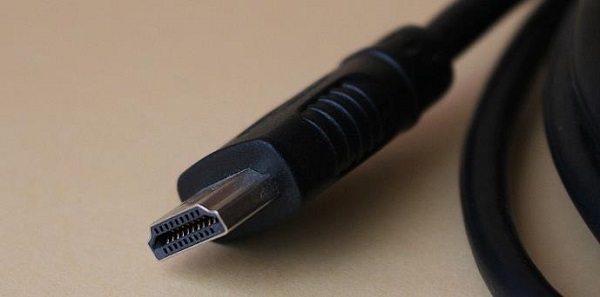
Step 2: Update or Reinstall the Graphics Card Driver
Graphics card driver is one of the core components of the computer display system, outdated or damaged driver may lead to flicker problems.We recommend using Driver Sentry to automatically detect and update drivers, saving time and avoiding the risk of downloading or installing incorrect drivers.
Click the download button to get the latest version of Driver Sentry. After installation, open the software and click "Scan".
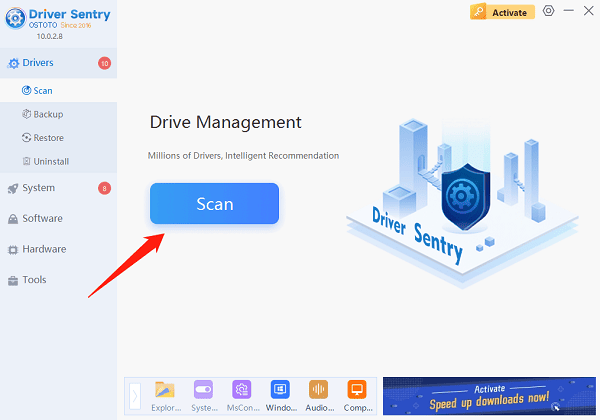
Once the scan is complete, it will show which drivers are missing or need updates. Find the graphics driver in the results list and click the "Upgrade" button.
After the update, it is advisable to restart your computer to ensure the new drivers take effect.
Step 3: Check the Monitor Refresh Rate Setting
Improperly set monitor refresh rate is also a common cause of splash screen. Refresh rate refers to the number of times the monitor updates the screen per second, usually in Hertz (Hz). A lower refresh rate (e.g. 60Hz) may cause eye discomfort or flickering, while a higher refresh rate (e.g. 120Hz or 144Hz) provides a smoother display.
1. Right-click on an empty space on your desktop and select "Display Settings".
2. Scroll down and click "Advanced Display Settings".
3. Under the Refresh Rate option, select a higher refresh rate (e.g. 60Hz or higher).
4. Click "Apply" and then check if the screen still flickers.
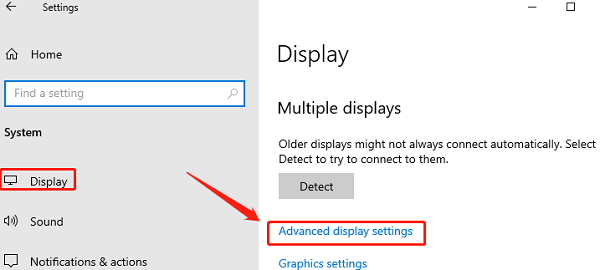
Step 4: Disabling Hardware Acceleration
Some applications (such as browsers or video players) have hardware acceleration enabled to improve graphics performance. However, some graphics card drivers or applications may not be compatible with hardware acceleration, resulting in a flickering screen. Disabling hardware acceleration may effectively resolve this issue.
Take Google Chrome as an example, the method to disable hardware acceleration is as follows:
1. Open Chrome, click the three dots in the upper right corner, and select "Settings".
2. Scroll down to the "System" or "Advanced" section in the "Settings" menu.
3. Turn off the "Use graphics acceleration when available" option.
4. Restart your browser and check if the problem is solved.
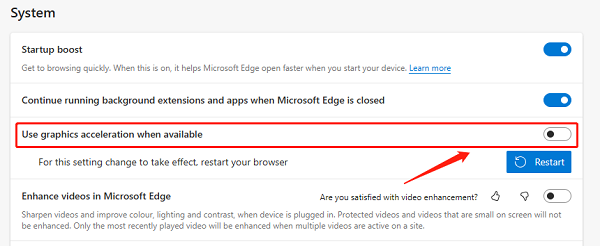
Step 5: Check Power Management Settings
Power management settings can also cause your computer to flicker, especially when the battery is low or the power supply is unstable. Some power management options may limit the performance of the graphics card, which may cause display anomalies. To avoid this, you can set the power plan to "High Performance" mode.
1. Open the Control Panel.
2. Select Power Options.
3. Select the "High Performance" power plan, or click "Change Plan Settings" and select "High Performance".
4. Ensure that the system does not limit the performance of the graphics card due to the power saving mode.
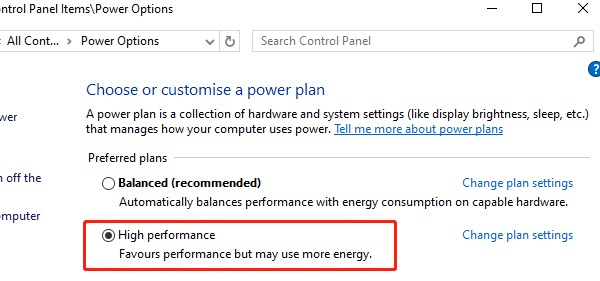
Step 6: Hardware Troubleshooting
If none of the above methods can solve the problem, you may need to consider the possibility of hardware failure. Graphics cards, monitors or cables may be faulty, resulting in flashing screen phenomenon. If the computer is still flickering in the absence of an external monitor, it may be a problem with the graphics card or motherboard. If the flickering occurs on the monitor itself, you may need to contact after-sales service or consider replacing the monitor.
The above is the solution to the computer flickering screen problem, I hope it will help you.
See also:
How to Fix Black Screen of Death in Windows 10
7 Ways to Fix Helldivers 2 Black Screen on Startup